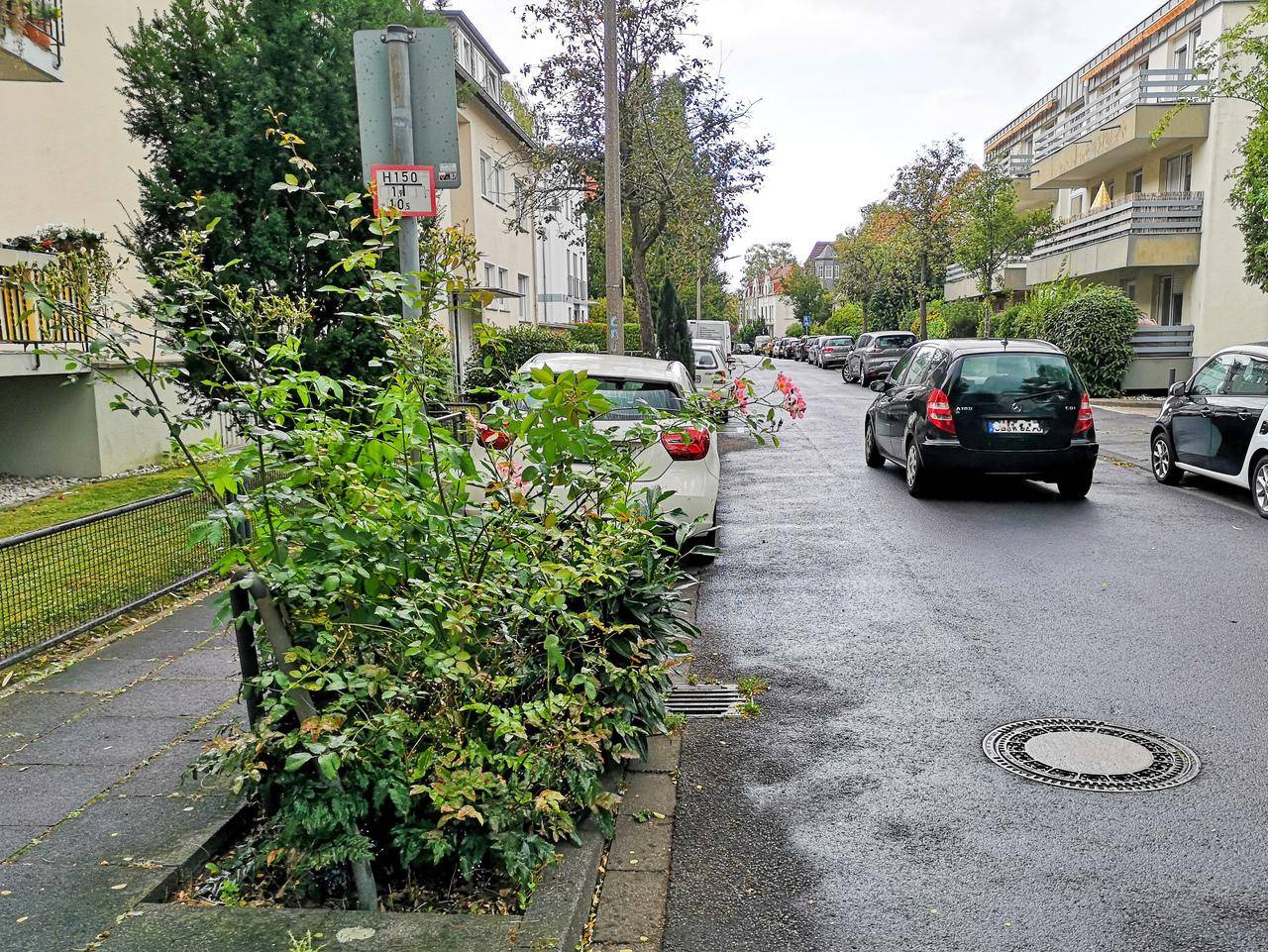Why the birch trees are disappearing 165 new trees to be planted in Bad Godesberg
BAD GODESBERG · Up to 165 new trees are to be planted in Bad Godesberg by the end of March 2020. The city is increasingly focusing on varieties that can survive hot summers with little rain.
Ute Odenthal-Gerhardt of the Office for Urban Green Spaces had good news to announce at the meeting of the district council on Wednesday evening. Between 150 and 165 trees will be planted along the streets of Bad Godesberg by the end of March 2020. According to Odenthal-Gerhardt, the city is increasingly focusing on varieties that can withstand the heat of summer with little rain.
Experience over the past few years has shown “that there are tree species that do not have a future with us”, said the municipal employee. In the long term, for example, you won’t see any birches lining the streets, and the Turkish hazel will soon be history. However, this tree will be given a last chance in the coming planting period. “We will find it difficult to let it disappear completely”, said Odenthal-Gerhardt. This is because many Turkish hazel trees had died because of the dryness. “But the majority are still standing” and It would be a pity to “break up the old populations.”
The fact that pollen from birches and Turkish hazels often cause allergies is no reason for their (long-term) disappearance. “I also have a birch allergy. But you can't breed everything in nature in such a way to suit everything”, said Odenthal-Gerhardt.
When it comes to irrigation, the city relies on so-called watering borders. These were mainly installed in Bonn city centre and, according to Odenthal-Gerhardt, they have not only proven reliable in terms of irrigation, but have also shown themselves to be vandalism-proof.
Wolfgang Heedt (FDP) wanted to know exactly where the new trees along the streets of Bad Godesberg are to be planted. He had asked the administration in a motion to submit concrete plans for planting, and received replies.
Rüngsdorf and villa districts: approximately 69 trees will refill the empty tree beds on Jahnallee, Sedanstraße, Wielandstraße and Uhlandstraße, some of which are overgrown with weeds. The exact varieties to be planted have not yet been determined. “The decision process is currently underway”, the administration said. The committee is to receive an outline for the November meeting.
Hochkreuz: 21 trees will be planted in the Hochkreuz district, starting in October. This will be carried on Andreas-Hermes-Straße (cypress oak), Mildred-Scheel-Straße (small-leafed lime), Gotenstraße (Turkish hazel), Heinemannstraße (silver lime) and Teutonenstraße (field maple) as well as on Langer Grabenweg (Norway maple) and Robert-Schuman-Platz (Turkish hazel).
Schweinheim: From October a total of 39 cherry plum trees, silver limes, horse chestnuts, whitebeam and Norway maple will beautify the Venner Strasse and Horionstrasse as well as Burgblick Strasse. For this, some tree pits have to be enlarged and soil and subsubstratum exchanged.
Heiderhof: There will soon be no more empty tree beds in Heiderhof, except for when these are blocked by building sites. It is planned to plant 17 trees – including false acacia, magnolia and hornbeam, along the Goldbergweg, Poplarweg, Acaciaweg, Redthornweg and Magnoliaweg as well as along the Philosophenring and Heiderhofring, starting in January 2020.
Muffendorf: Also in January 2020, 16 to 19 trees will fill all the tree beds in Muffendorf. The construction site restrictions also apply here. It is not yet clear which varieties will be planted, but they will be planted on the Vaasemstraße, Hopmannstraße, Elisabeth Mayerstraße and Deutschherrenstraße and on Im Pfirsichgarten.
(Original text: Ayla Jacob, translation John Chandler)




